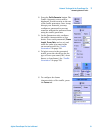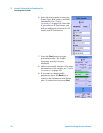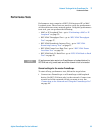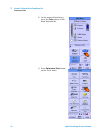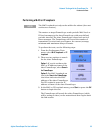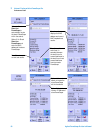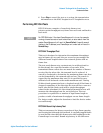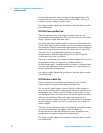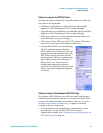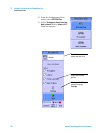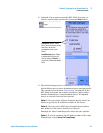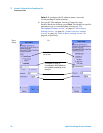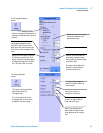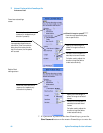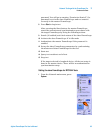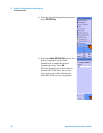
Network Testing with the FrameScope Pro 2
Performance Tests
Agilent FrameScope Pro User’s Manual 59
Setting the network for RFC 2544 Tests
You may also have to adjust the network settings to ensure the
test can run. In particular:
• NAT has to be disabled or should allow the IP and MAC
addresses of the FrameScope™ Pro to pass through.
• Firewalls have to be disabled or should allow the IP and MAC
addresses of the FrameScope™ Pro to pass through.
• ICMP ports need to be freed up for the network under test
(for information request and reply).
• UDP ports 7 (slave UDP port) and 7777 (master UDP port)
needs to be freed up for the network under test.
• During RFC2544 Test, the FrameScope
Pro has a default timeout duration
after a MAC reset. If the peer does not
respond within the stipulated time, the
RFC 2544 test will not start and will
result timeout. Different switches may
have different response time after a
MAC reset. Users should select a
suitable and appropriate timeout
period for the switches under test with
advise from their equipment supplier
or vendor.
Setting the master FrameScope for RFC 2544 Tests
To perform a RFC 2544 test, you will need two FrameScope or
FrameScope and loopback device, one as master and the other
as slave. For initial settings on the master unit, see “General
settings for the master FrameScope” on page 53 and then
continue with the steps below:
1 If the destination is a FrameScope, ensure that the slave
FrameScope is ready for RFC 2544 test. For slave
FrameScope settings, go to “Setting the slave FrameScope for
RFC 2544 Tests” on page 65.



